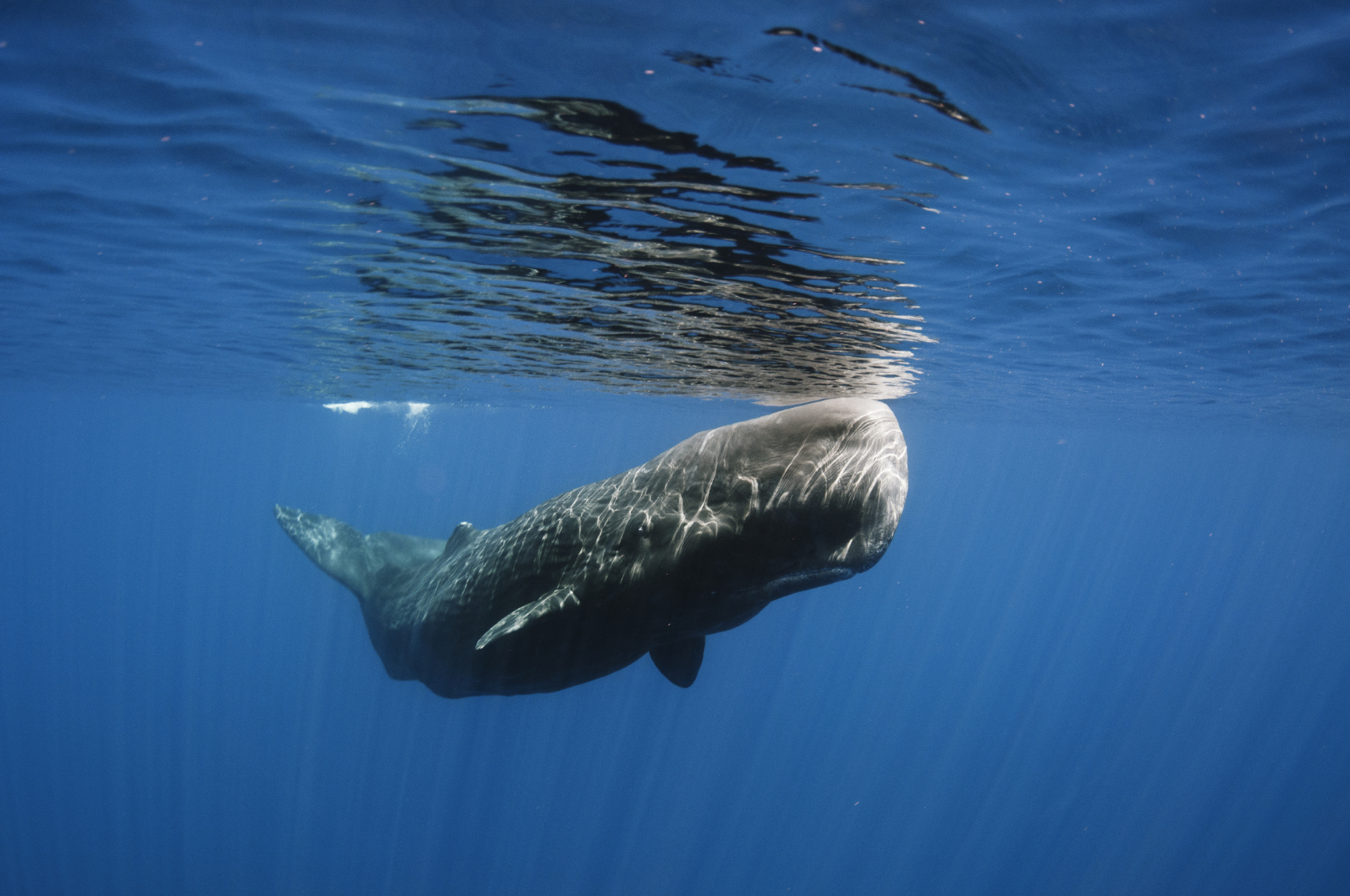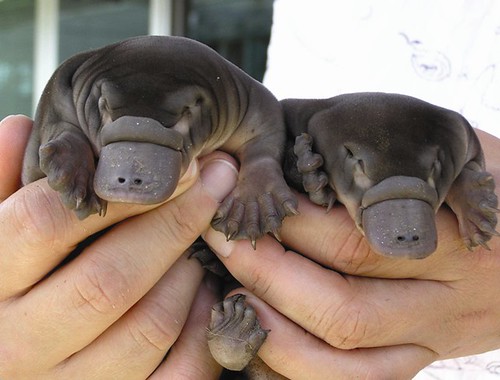Dive into the deep blue sea, and you’ll find a world teeming with life that is as diverse as it is vast. Among the ocean’s inhabitants, whales and dolphins hold a special place in our hearts and imaginations. These marine mammals are not just awe-inspiring in their size and abilities; they are also record holders in the animal kingdom. Let’s embark on a journey to explore the most remarkable of these creatures, the blue whale, and discover why it stands out as the biggest living being in the universe.
The Extraordinary Characteristics of the Blue Whale
The blue whale, a creature so colossal that it dwarfs even the largest of the dinosaurs, is a marvel of the natural world. With lengths exceeding 100 feet, which is comparable to the length of a basketball court or two yellow school buses parked bumper to bumper, these gentle giants are a sight to behold. The blue whale’s sheer size is difficult to comprehend, but to put it in perspective, the largest recorded blue whale was a staggering 110 feet long, measured at a South Georgia whaling station in the South Atlantic in 1909.
But size isn’t the only thing that’s impressive about blue whales. Their weight is equally mind-boggling. The heaviest known blue whale tipped the scales at an astonishing 418,878 pounds, equivalent to about 30 elephants or 2,500 people. Even an average blue whale weighs as much as 25 adult African elephants. These measurements are not just numbers; they represent a living, breathing creature that is the epitome of grandeur in the animal kingdom.
Blue whales are not only the largest creatures of the present day, but they also hold the title for the largest creature ever to have lived on Earth. This fact alone is enough to spark wonder and curiosity about these ocean giants. Their bodies, fully supported by the saltwater, glide through the ocean with a grace that belies their massive proportions. Interestingly, blue whales in the Southern Hemisphere are generally larger than those in the Northern Hemisphere, and females are larger than males, a common trait among many whale species.
The heart of a blue whale is another aspect of its anatomy that captures our imagination. It is the biggest heart on the planet, weighing up to 1,003 pounds. To visualize this, imagine a football team standing on a blue whale’s tongue without falling off—that’s how massive these creatures are. The blue whale’s heart beats only 8 to 10 times per minute, yet it circulates an incredible 1,165 gallons of blood around its body. In contrast, a human heart beats 60 to 80 times per minute and circulates about 1 gallon of blood.
Blue whales are not just record holders for their size and weight. They are also known for giving birth to the biggest babies on Earth. A newborn blue whale measures 20-23 feet in length and weighs between 6,000 and 7,900 pounds, roughly the weight of a fully grown female Asian elephant. These babies grow at the fastest rate of any creature on Earth, gaining up to 220 pounds a day. By the time they are weaned at 7-9 months old, they have reached a length of about 49 feet.
The lifespan of a blue whale is another testament to its grandeur. These leviathans of the sea are thought to live for 70 to 80 years, a long life for such a large animal. Their existence is a reminder of the wonders that the ocean holds and the importance of preserving these magnificent creatures for future generations to marvel at.
As we delve into the world of these ocean giants, it’s important to remember that blue whales, despite their size, are gentle and majestic creatures. They live their entire lives in the ocean, a world that is still largely a mystery to us. The more we learn about blue whales, the more we realize how much there is still to discover about the depths of our oceans and the life that thrives within them.

Other Record-Breaking Marine Mammals
In the next section, we will explore other record-breaking marine mammals, including the deepest divers, the top predators, and the long-distance migrants of the whale and dolphin family. Each of these creatures has its own unique set of characteristics that make it a standout in the marine world. From the Cuvier’s beaked whale’s incredible diving abilities to the orca’s status as the ocean’s top predator, these animals continue to fascinate and inspire us with their adaptations and capabilities.
As we continue our exploration of the ocean’s marvels, we dive deeper into the world of cetaceans, where we find not only the largest creatures but also the most extraordinary divers, predators, and migrants. These marine mammals, with their record-breaking abilities, are a testament to the adaptability and diversity of life in the ocean’s depths.
The Cuvier’s beaked whale, for instance, is the undisputed champion of deep-sea diving among marine mammals. This species holds the breath-taking record for the longest and deepest dive ever recorded. One individual was observed holding its breath for an astonishing 222 minutes—that’s nearly 4 hours underwater without a single gulp of air. To put this into perspective, the average human can hold their breath for about 2 minutes. The same species also boasts the deepest dive, plunging to a depth of nearly 2 miles below the ocean’s surface. These feats are not just for show; they are crucial for the Cuvier’s beaked whale’s survival, allowing it to reach food sources that are inaccessible to most other marine creatures.

At the apex of the oceanic food chain is the orca, or killer whale, a name that evokes both awe and fear. Orcas are the top predators in the marine world, surpassing even the great white shark in their hunting prowess. These intelligent and social creatures have been recorded attacking and consuming the livers of great white sharks, a high-energy meal that demonstrates their dominance in the ocean’s hierarchy. The orca’s sophisticated hunting techniques and cooperative behaviors make it one of the most formidable creatures in the sea.

When it comes to the title of the biggest creature with teeth, the sperm whale claims the crown. Male sperm whales are particularly massive, reaching lengths of up to 60 feet and weighing as much as 62 tons. These leviathans of the deep are known for their preference for squid, which they hunt in the dark, cold depths near the ocean floor. Their large brains and sophisticated echolocation abilities make them incredibly efficient hunters, capable of locating and capturing prey in the most challenging environments.

The bowhead whale, with its enormous mouth, is another record holder in the cetacean world. Its mouth measures an impressive 16 feet long, 13 feet high, and 8 feet wide. This remarkable adaptation allows the bowhead to feed efficiently by skimming through the water, trapping tiny crustaceans on its baleen plates. The bowhead’s huge, muscular tongue, weighing around 2,000 pounds, is used to wipe off the prey caught in the baleen, making it one of the most unique feeding mechanisms in the animal kingdom.

Migration is another area where whales demonstrate their extraordinary capabilities. Baleen whales, such as gray whales and humpback whales, undertake epic journeys that can span thousands of miles. These migrations take them from their cold-water feeding grounds to their warm-water breeding grounds and back again. The record for the longest mammal migration is held by a gray whale named ‘Varvara,’ who traveled an incredible 13,988 miles in 172 days, from the east coast of Russia to the breeding grounds in Mexico and back.

Dolphins, the smaller relatives of whales, are no less impressive. Known for their intelligence, dolphins have large and complex brains, which enable them to learn quickly, communicate effectively, and form intricate social networks. They demonstrate empathy, altruism, and creativity, often engaging in play and seeking companionship. Dolphins are also one of the few species that pass the ‘mirror test,’ showing a level of self-awareness that is a hallmark of high intelligence.

The acrobatic abilities of dolphins are another source of fascination. Species like the dusky, spinner, and striped dolphins are known for their spectacular leaps and spins. Dusky dolphins can perform high jumps and complex leaps, often in groups, while spinner dolphins are famous for their spinning leaps, completing several full body rotations before splashing back into the water. Striped dolphins are also skilled acrobats, capable of leaping 20-23 feet above the surface and performing somersaults and tail spins.
The cetaceans of our oceans are not just remarkable for their size but also for their incredible adaptations and behaviors. From the deepest divers to the top predators, from the largest mouths to the longest migrations, these creatures continue to amaze and inspire us. They remind us of the ocean’s vast mysteries and the importance of preserving its inhabitants. As we learn more about these magnificent animals, we are reminded of our responsibility to protect them and their habitats, ensuring that future generations can continue to be captivated by the ocean’s marvels.
Related posts:
Record-breakers
This whale may be the largest animal ever. We have no idea how it got that big.
Blue Whale





